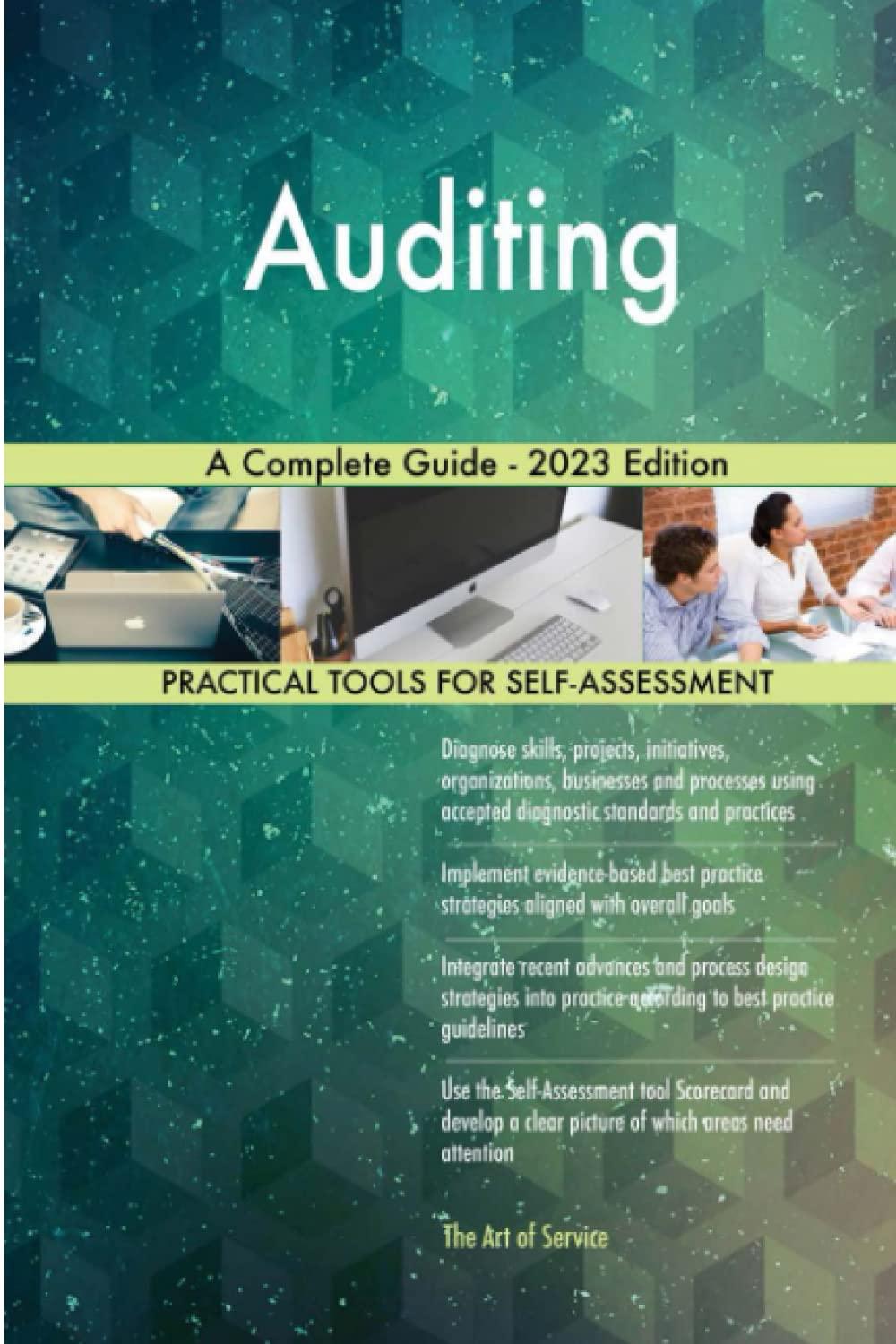Case Analysis 1 Wolseley's dilemma of Traditional Costing versus Activity Based Costing Wolseley Manufacturing Corporation manufactures various clectronics products and follows a traditional (job-order) costing system in which it applies manufacturing overhead to its products using a predetermined overhead rate based on direct labour-bours (DLHS). The company has two products, CI&R and G19R, about which it has provided the following data: CIER $10.24 $8.40 Direct materials per unit Direct labeu per unit Direct labour hours per unit Annual production GER ses 5252 120 0.40 30,000 The company's estimated total manufacturing overhead for the year is $1,464,480 and the company's estimated total direct labour-hours for the year is 24,000. The company is considering using a variation of activity- based costing to determine its unit product costs for external reports. Data for this proposed activity-based costing system appear below: Activities and Activity Measures Supporting direct labour (DHS Setting up machines (setups Parts administration par Total Estimated Overhead Cest 5552,00 132.480 51.464.480 CIR GI Total 12.000 120 34.000 Activities Supporting dire labour Setting up machines Pan administration 240 1.564 Mike, who is the controller of the Company, is currently overseeing the project to switch from traditional costing to Activity-Based costing. He is in a meeting with the Cost Accountant of the company. The Controller goes over the data and makes the following comments: "Activity-Based Costing is a revelation in the modern-day world of manufacturing Industry. If we are correctly able to categorize the various nature of work into essential levels, then we can dramatically trace the precise nature of the overheard activity." Jacob, the Cost Accountant, quips, "how can we classify those levels of activities? Do we have some mechanism to identify them?" Mike responds, "Yes! We do." Jacob then laments the pitfalls of the job order costing system, "The production report will be out soon and usually, the allocation bases (including overhead allocations in job-order costing systems) are not entirely accurate." Mike, with a pause, That is exactly why we may eventually need to switch to the Activity-Based costing though it is comparatively difficult to implement with the cost and operations limitations involved in it." Jacob adds, "Another consideration to evaluate is the relationship between the cost of maximum (budgeted) capacity and idle capacity, since the company is likely to operate at maximum capacities during the time of peak demand. Moreover, our long-term goals of stable cost predictions and waste minimizations should also be kept in mind." "Alright! Let us calculate and analyze the quantitative and qualitative aspects of the data and other factors we have discussed in the meeting today and prepare the preliminary report for the CEO by this weekend." Mike with the final comments! Submission Instructions a. Determine the manufacturing overhead cost per unit of each of the company's two products under the traditional costing system. b. Determine the manufacturing overhead cost per unit of each of the company's two products under activity-based costing system. c. Compare the results in part a and b under both costing systems and specify the differences in both systems. d. What is the significance of the Activity Costing System that Mike is referring to? e. How is ABC system different from traditional costing system? f. The use of which activity level, budgeted (same as expected) or maximum capacity, is consistent with ABC? Explain. g. How might the use of ABC based on maximum capacity activity level enhance a firm's ability to compete on price? Explain. h. If you were to recommend one of the costing systems for Wolseley Inc., which one would you pick and why? Evaluation 15 715 Activities/Competencies Demonstrated Identification and Analysis of Issues (80) a. Compute the predetermined overhead rate b. Determine the unit overhead cost of each product under traditional costing c. Determine the unit overhead cost of cach product under ABC system d. Significance of ABC costing e. Difference between the two costing systems f. Budgeted vs Idle Capacity g. Competition on Price 710 10 710 710 10 Recommendation (20%) h. Advise to Wolseley Inc. 20 Total 100









